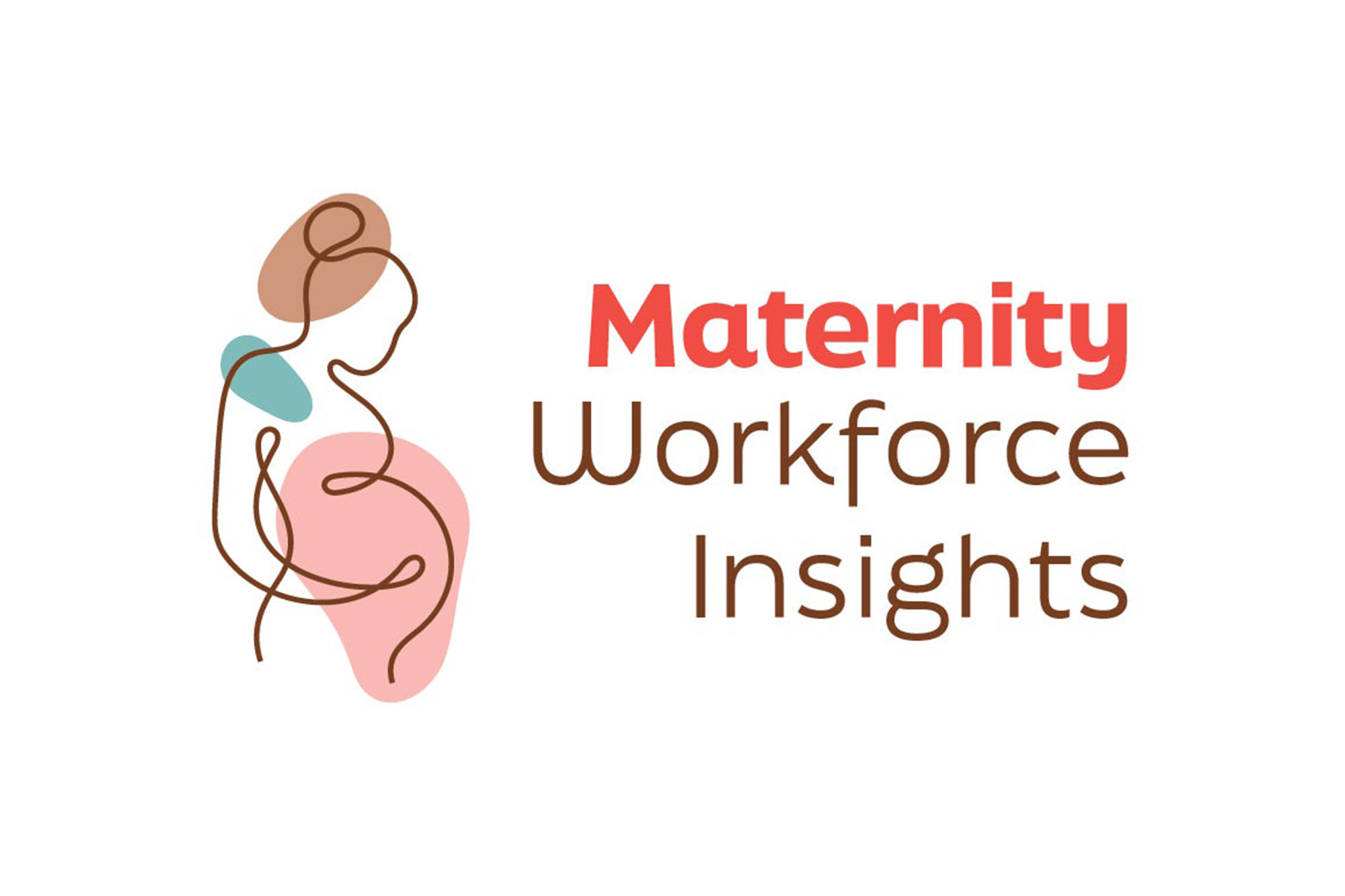View the Report
Jump to All Downloads & LinksKey Takeaways
- Research shows that midwives deliver high-quality clinical outcomes and high levels of patient satisfaction.
- Midwives in California, especially licensed midwives, are often restricted from practicing to the full extent of their license or expertise and frequently experience challenging relationships with hospitals, physicians, and health plans.
- Truly integrating midwives into maternity care in California requires ensuring access to midwives who have professional autonomy, respectful inclusion as members of the health care team, and broad insurance coverage of midwifery services in both hospital and community settings.
Midwives play a crucial role in the maternity care workforce, providing comprehensive health services during pregnancy, labor, and postpartum, including as the primary birth attendant. In many countries with better birth outcomes than California and the United States, midwives provide the majority of care for uncomplicated pregnancies and births. The midwifery model of care emphasizes respectful, relationship-based, and person-centered care, supporting the progress of labor and birth with minimal intervention unless necessary. An element of successful midwifery care is appropriate consultation with obstetrician/gynecologists and then transfer to physician care if the need arises (e.g., if a patient develops medical complications outside the scope of midwifery care or requires surgery).
California licenses two types of midwives: licensed midwives (LMs) and nurse-midwives (NMs). Both LMs and NMs meet international midwifery education standards and provide high-quality care focused on pregnancy, childbirth, and postpartum, including family planning and newborn care, with NMs also offering broader gynecologic services.
To better understand the midwife workforce, the University of California, San Francisco, with funding from the California Health Care Foundation, conducted the Survey of California Nurse Practitioners and Nurse-Midwives and the Survey of California Licensed Midwives from July 18, 2022, to March 31, 2023. This brief describes the scope of practice and integration of midwives; their relationships with physicians, hospitals, and health plans; and their levels of career satisfaction and burnout.
Key Findings
Many midwives in California experience restrictions to practicing to their full scope of legal authority and to their level of expertise.
Allowing each member of the maternity care workforce to use all their skills to the maximum extent permitted by their license and knowledge expands the capacity for high-quality patient care.
Many midwives, especially LMs, identify their lack of integration into the health care system as a problem in their practice.
Ninety-one percent of LMs identify “poor integration of midwifery with other health care services” as a “major problem” (58%) or “minor problem” (33%) in their practices. In a list of 20 potential problems they face in practice, poor integration was second only to denial of coverage of care by insurance companies. Among NMs, 13% say this is a “major problem” and 33% a “minor problem” in their practices.
LMs face significant challenges contracting with and billing health plans, including Medi-Cal.
The ability to contract with and receive adequate reimbursement from insurers, including Medi-Cal, is critical to serving as a maternity care provider. Eighty-five percent of LMs do not accept Medi-Cal insurance, with 70% of LMs reporting the lack of adequate Medi-Cal reimbursement and 43% citing the bureaucratic challenges of provider enrollment among the top reasons for not accepting Medi-Cal.
A majority of LMs identify billing and reimbursement from insurance plans as problems in their practices, especially denial of coverage and other care decisions by insurance companies, with 62% reporting that as a “major” and 27% as a “minor” problem. Fewer NMs identify billing and reimbursement as problems interfering with the care they provide.
Authors & Contributors
Philip R. Lee Institute for Health Policy Studies at UCSF

Jen Joynt
Jen Joynt is an independent health care consultant based in Berkeley, California. Her areas of expertise include quality of care; hospital organization, strategy, and operations; health care workforce trends; and the California health care marketplace. She has authored several reports and policy briefings.




